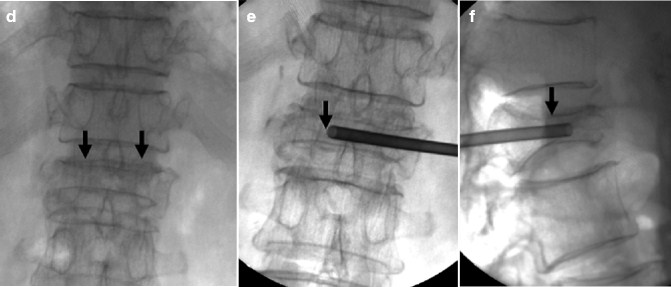
As we get older, our bodies become more prone to health issues brought about by aging. One common example of these aging problems is osteoporosis.
Osteoporosis, or the loss of calcium in the bone, is a disease that weakens the patient’s bones, which may lead to problems that are more serious such as spinal compression fractures. When a person’s vertebra fractures, collapsing occurs in the entire vertebral body, causing a dowagers hump, wedged vertebrae, and shortened height.
Fortunately, there are various ways to treat these spinal compression fractures, which include minimally invasive procedures like vertebroplasty and kyphoplasty.
However, since most fractures heal on their own, not to many patients avail of the procedures mentioned above. While these can help patients with their bone problems, they need to read up on vertebroplasty and kyphoplasty complications before undergoing the surgery.
Understanding the Process
Vertebroplasty and kyphoplasty are surgical procedures used for treating compression fractures in the vertebrae. This procedure aims to relieve the pain from the fracture, and then stabilize and restore the vertebra to its normal height.
In vertebroplasty, the surgeon injects a cement-like mixture called polymethylmethacrylate (PMMA) into the bone to strengthen it. The cement quickly hardens, serving as an internal cast inside the fractured vertebra. Kyphoplasty is required if the space inside the compression fracture is too small for the needle. In cases like this, the surgeon inserts a tiny balloon inside the fractured area, which he/she will then inflate gradually. The balloon will widen the space just enough for the proper injection of the PMMA. After injecting the cement, the doctor then removes the balloon, leaving the new bone cavity behind. This procedure restores the height of the collapsed vertebra.
The term kyphoplasty came from the Greek words “kypho” which means hump, and “plasty” meaning to reshape a defect thus restoring the form and function of a certain body part.
After the operation, most patients can go home at the same day (if they live nearby), unless a couple of vertebroplasty or kyphoplasty complications arise shortly after the surgery.
Risks of Vertebroplasty and Kyphoplasty
Like any other surgical procedures, the said spinal compression fracture operations also have their own risks. Some general complications of kyphoplasty and vertebroplasty include the following:
- There is a small chance that the patient is allergic to the medication used for the procedure.
- There is always a risk of infection with any kind of surgery, but the chances are quite low with kyphoplasty; with the help of the proper antibiotics, there is only a 0.001% chance of infection.
- There is bound to be some bleeding where the needle penetrated the skin, but it shouldn’t be too much.
- Neurological symptoms such as tingling, weakness or numbness. There is also a chance of paralysis, but it is quite rare.
Other vertebroplasty and kyphoplasty risks that are specific for the procedures include the following:
- Spinal cord injury or nerve damage caused by faulty positioning of instruments.
- Spinal cord compression or nerve injury if even a small amount of the PMMA were to leak into the spinal canal, blood vessels or inside the epidural space.
- Pulmonary embolism due to a blot clot traveling to the lungs.
- Almost 10% of patients who underwent these procedures suffer from recurring pain due to the development of new compression fractures that occurred a few days after their surgery.
Vertebroplasty and kyphoplasty procedures can treat spinal compression fractures, but osteoporosis is a progressive disease so when you sustain a fracture, the chance of getting more increases because the disease makes your bones a whole lot more brittle.
It is advisable to consult your doctor and learn the possible vertebroplasty and kyphoplasty complications further before undergoing the surgery.
- What is kyphoplasty?
- Kyphoplasty complications
- Kyphoplasty indications
- Vertebroplasty vs Kyphoplasty